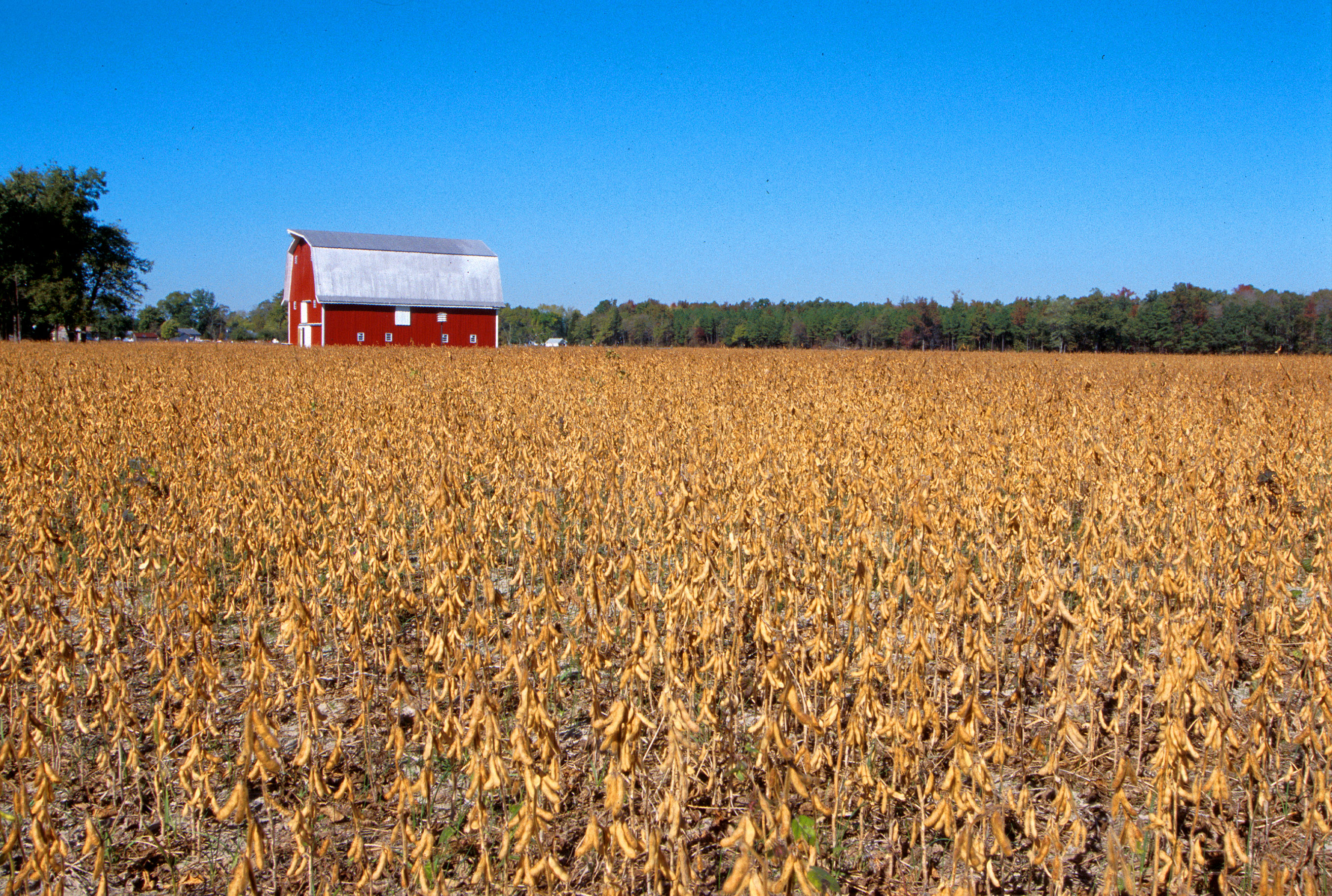We alluded last week to a new paper showing that prairie grasses are a far better source of biomass for energy than anything else currently around. There’s obviously a lot to be said, but rather than clutter up the pages here (our goal is two longer articles a month) I decided to use my own blog to publish a slightly closer look at bio-energy and to link from here to there. So what are you waiting for, go on over and read it. I’ll add links to the other parts as I publish them there.
Biodiverse biofuels
Research at the University of Minnesota suggests that growing diverse mixtures of perennials on relatively poor land in a way that mimics natural grasslands is – surprise! – a better way of producing biofuels than intensive monocultures of maize or soybeans. This will run and run. I bet tinkering with the species composition and perhaps breeding some of the component species will be next, and lead to significant improvements in the system. While we wait for that though, here’s what Grist calls a two-week crash course on biofuels.
What did Neanderthals eat?
Recent media reports that Neanderthals were occasional cannibals and that women may have accompanied the men on their hunts got me thinking about the Neanderthal diet in general. In particular, did they eat much in the way of plant products at all? While meat was clearly the mainstay of the diet, it does seem from this interesting rebuttal of the hunting women hypothesis that: Â
Vegetable foods may well have been part of Middle Paleolithic diets in Eurasia, but these were more like salads, snacks, and desserts than energy-rich staples…Large underground storage organs are common among plant taxa in arid sub-Saharan Africa, but the high-yield edible plant foods of temperate and Mediterranean Eurasia tend to be seeds and nuts that, while potentially nutritious, require more effort to collect and process and thus afford low net yields (Kuhn and Stiner 2006:957).
Wouldn’t it be great to be able to promote some underutilized nut as a Neanderthal dessert? Or perhaps that would not be such a clever idea, given that the Neanderthals died out… Anyway, although some of the information sources listed seem somewhat suspect, there is a compendium of internet resources on the “paleolithic diet” here.
Is agriculture an ecosystem?
Given the amount of land occupied by farmers and farming, you might be forgiven for thinking that ecologists would at least pay it more than lip service. But no. A press release from Brown University in the US announces the establishment of the first secretariat for the International Long Term Ecological Research (ILTER) network. It explains the vital importance of long term studies in ecology, to determine trends that may well be invisible over shorter periods. And it explains the various ways in which ecosystems change over time. But does it mention agriculture or changes in agricultural biodiversity? Of course not.
Legume to remove nitrogen
 I’m still trying to get my head round this one. USDA scientists are developing a soybean variety (which they stress is not genetically modified) bred to remove nitrogen from the land.
I’m still trying to get my head round this one. USDA scientists are developing a soybean variety (which they stress is not genetically modified) bred to remove nitrogen from the land.
The variety does not develop nodules, the little bumps on the root that house nitrogen-fixing bacteria. Now those nitrogen-fixing bacteria are one of the best reasons to plant legumes, because they boost soil fertility. Why would you want a legume that did not? So that animal producers could use it to solve their waste problem. I expect it makes sense in the hyper-specialized world that the USDA serves but, as I said, I’m having a little trouble with the idea.
Photo of soybean field courtesy of USDA.